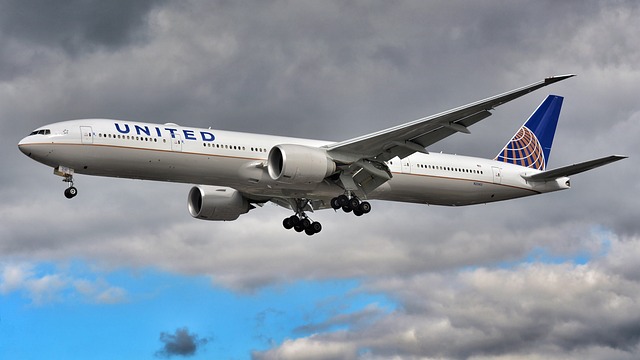When it comes to reducing greenhouse gas emissions, aviation is the most difficult sector since many commercial planes are too big to operate on electric power. United Airlines, the nation’s third-largest airline, has agreed to purchase electric 30-seat planes from startup Heart Aerospace, which Heart intends to launch in 2028. United plans to use the new planes on regional service rather than replacing large jets. The airline is also planning to use eVTOL (electric vertical takeoff and landing) aircraft for local transportation, such as transporting passengers from core cities to airports.
“There’s absolutely a lot of hurdles to clear but aerospace development cycles are measured in decades and you have to get started now,” said Leskinen, United’s vice president of corporate development and president of its United Ventures “We cannot continue doing and operating our business the way we do. It is imperative that we change it and the way we’re going to change it is through investing in technology.”
American Airlines, Delta Airlines, and Southwest Airlines’ Sustainability Strategy makes no mention of electric planes. Engineers cannot create an electric battery that is both light and strong enough to power a plane the size of today’s jets, according to Eliot Lees, vice president and aviation specialist at Cambridge, Massachusetts-based consulting company ICF.
The United strategy is based on the assumption that less than 1% of people who go 250 miles prefer to fly. Heart Aerospace has also been acquired by United and Air Canada.
The majority of airlines’ efforts to reduce emissions have centered on plans to remodel their existing fleets by replacing older planes with more efficient newer ones. Furthermore, airlines such as United are focusing on investments in sustainable aviation fuel businesses. Sustainable aviation fuels, or SAF, release “dramatically reduced” carbon levels, but not zero, according to the US Energy Department, and certain SAF technologies in development might result in negative net greenhouse gas emissions.
Delta has said that by 2030, it hopes to replace 10% of its gasoline with SAF. It has collaborated with Airbus to investigate hydrogen-powered aircraft, but considers SAF to be its key medium-term strategy of reducing emissions through new technology. According to its annual report on environmental, social, and governance management, American is also aiming to reducing emissions by shifting toward sustainable fuels. It intends to switch 10% of its fuel to SAFs by 2030, as part of a 45% reduction in emissions by then and a net zero emissions target by 2050.
Even SAFs aren’t quite there yet, thanks to a significant capacity shortage that the industry is striving to resolve in time for 2030. The approval of President Biden’s climate legislation, which is considered as critical to providing the financial incentives needed to scale these new activities, has provided the sector an economic boost. Early versions of SAF technology will blend lipids with conventional jet fuel, but subsequent versions will rely on carbon capture technology, which will actually reduce net emissions from some flights.
Electric planes have already fallen behind even the most optimistic predictions for when they would be government-approved and ready for operation, and further delays are expected. Electric planes would more likely service local markets, hydrogen planes will handle medium-sized passenger loads, and SAF jet engines will serve big cities.
American has invested in eVOTOL, and United has invested in eVTOL as well, most recently with a $15 million order with Eve Air Mobility in September, which included an order for 200 aircraft, and a $10 million investment in Archer Aviation, which included an order for 100 Archer eVTOLs.
“eVTOL is going to change the way we live and work,” Leskinen said. “It’s not taking planes out of the sky, though. It’s taking cars off of the road. It’s going to allow us, if you live in Manhattan, to get out to the airport with predictability of seven, seven and a half minutes out to Newark. Maybe if you’re flying a regional flight, maybe you get on a Heart ES-30 aircraft and your entire trip will have been carbon free.”
The feasibility of this hinges on both technological advancement and regulatory approval, as well as the quick construction of locations for eVTOLs to take off and land in cities.

















More Stories
American Airlines Unveils New A319 Cabin: More Premium Seats, Less Space for Economy
Ryanair Cancels 170 Flights Amid French Air Traffic Controllers’ Strike, Stranding Over 30,000 Passengers
Shannon Airport Passenger Numbers Soar 7% in H1 2025, Surpassing 1.04 Million Milestone